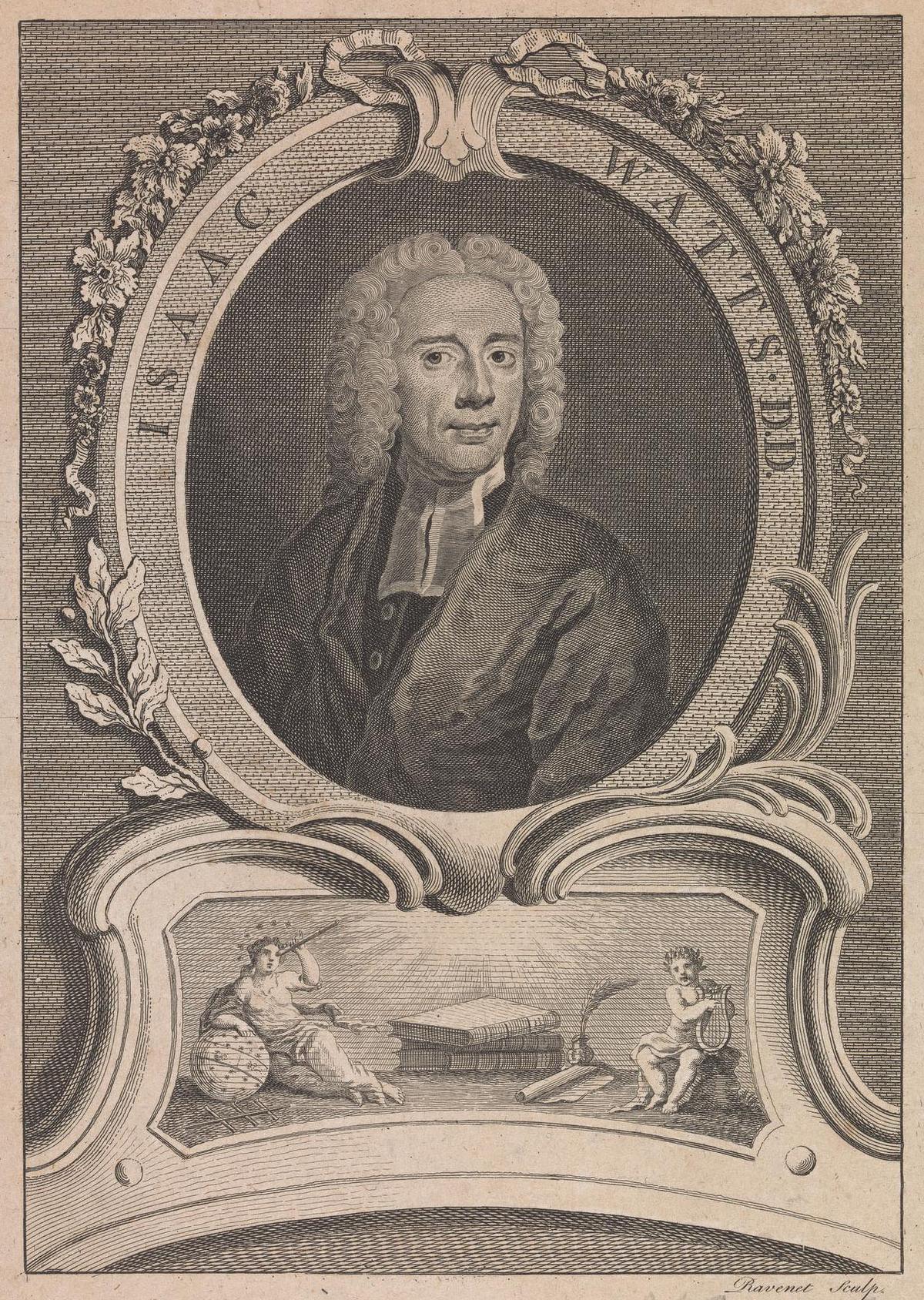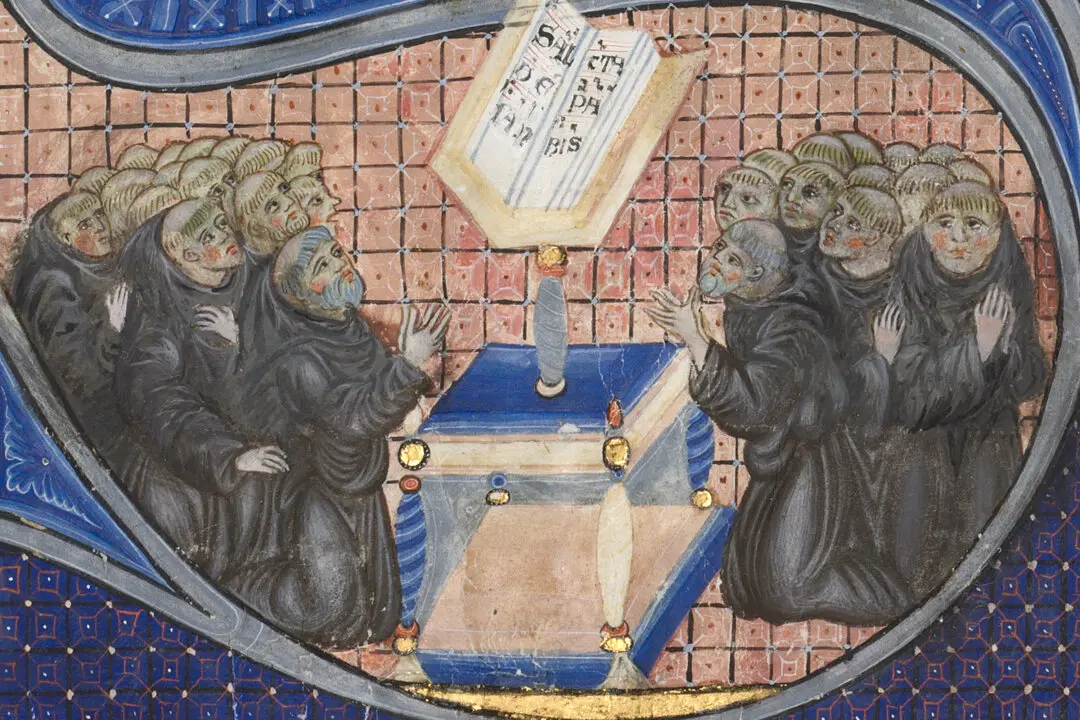When minister and hymnist Isaac Watts reinterpreted an Old Testament psalm in 1719, he never intended for his words to become one of the most popular Christmas carols in North America. His hymn “The Messiah’s Coming and Kingdom” was the sequel to a two-part arrangement of Psalm 98. The psalm encompasses the return of Jesus to Earth, and Watts’s lyrical reinterpretation would ultimately become the beloved song “Joy to the World.”

A portrait of Isaac Watts, 18th century, by Simon François Ravenet. Stipple and line engraving. Yale Center for British Art, New Haven, Conn. Public Domain





